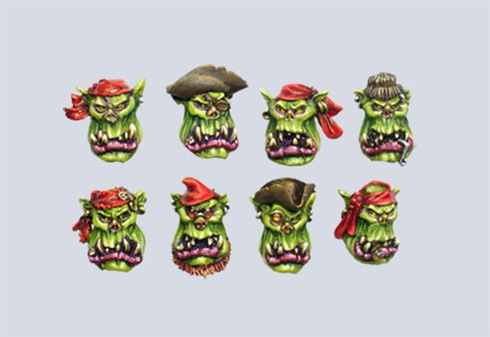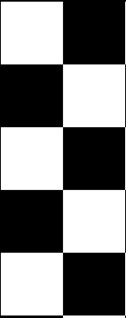2 Feb 2010
Filed under: News
In the previous news post we outlined which articles would get posted if things went to plan, well, predictably, they didn’t.
On the plus side, we found another issue of White Dwarf that contains a battle report between Diggas and Muties, which we’ll scan in and upload when we get a minute.
Lastly, we’ve set about finding which Citadel Journals contained articles about GoMo. There’s a few we didn’t know about and which would have been included in issue 2 of Gubbinz, had the magazine succeeded.
On the modelling front there’s been some work going on to create models for and playtest a second human faction for GoMo. It’s obviously not done yet, but things aren’t going badly. Eventually we’ll be publishing the background, the rules and the models we’ve been using. Depending on what else happens we may even try to create a resin kit for making some of the vehicles (currently scratch built).
That’s all, guys.
20 Jan 2010
Filed under: News
Just a quick post to outline some of the upcoming stuff in the coming week, if things go to plan:
- -Part 2 of the tutorial on spray paint
- -A terrain article on making hills, following a bit of a terrain jam we had on Sunday
- -Another few scenarios
- -Perhaps a battle report
We might put some other stuff up as well, but we’ll see how it goes. If you’d like to subscribe to our content you can do so via RSS, although we also deliver content via email.
That’s all for now!
Here’s a mob listing from Gubbinz, a new kind of ork mob for you all to have a play with. Currently our campaign features a group of these thugs known only as Cuttas Ov Da Jib but I’m afraid it’s too early to say whether these rules are well-balanced.
Written by Neal Plews and drawing on lots of the old background to the Orks, Freebootaz are quite different from Gorkers or Morkers. They won’t have anything to do with grots and can only have a single junior member at a time, they’ve also got their own skill table and huge cutlasses!
If you feel like playing these guys then you may wish to pickup some heads from MaxMini:

 (Click on the images for direct links)
(Click on the images for direct links)
I’ll see about posting some photos of Cuttas Ov Da Jib when they’re painted, as until recently they were just stand in models (they’ve just got their mitts on their own trukk for example).
Oh, yes, the rules for them, how absent-minded of me:
Download PDF – “Da Jolly Ork”
Reproduced with Neal’s permission.
14 Jan 2010
Filed under: News
As you may have noticed, the site recently underwent a bit of an overhaul and the new theme is in place. Hopefully it doesn’t seem too lame or hurt your eyes, we quite like it.
The old one was pretty lousy and far from what we were actually looking for, this one is much closer, although there’s a few changes to be made. As the site is unnamed at the moment, it just says “Grim” up there, the name of the glyph. In time it’ll be replaced, but for now we hope you will put up with it.
You also might have noticed the various articles we’ve been posting – we’re trying to write some original material to put up, rather than just uploading exclusively old, out-of-print stuff. We plan on writing more on terrain, basic painting and a few other bits and pieces as they take us. We also have plenty more scans to put up – more scenarios, mob listings and other bits and pieces.
Any feedback for us? Leave it in the comments for the article.
14 Jan 2010
Filed under: General, Modelling
 Back when Gorkamorka was released White Dwarf, issue 214 I think, ran several articles on the game (how surprising!). One of the articles was a rather good four page piece that is essentially “starting a basic ork mob 101”, written by Andy Kettlewell.
Back when Gorkamorka was released White Dwarf, issue 214 I think, ran several articles on the game (how surprising!). One of the articles was a rather good four page piece that is essentially “starting a basic ork mob 101”, written by Andy Kettlewell.
It covers stuff like allocating resources, purchase priorities and some basics on assembling and painting a mob.
Admittedly the painting isn’t excellent and the models look tiny compared to modern orks, but the principals hold true and the vehicle converting stuff isn’t bad either.
I’d say that if you’ve played one of the similar games, such as Necromunda, it’s an article you can safely live without. However, if you’re feeling a bit overwhelmed with everything, it’s an excellent starting point.
Download PDF


